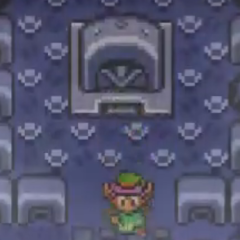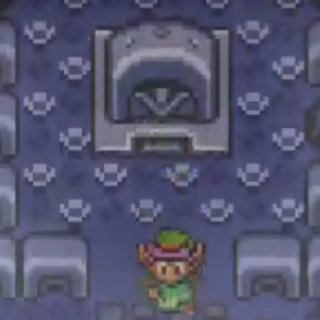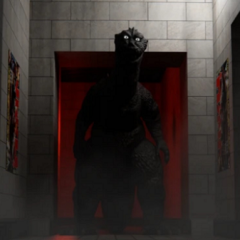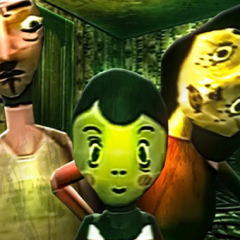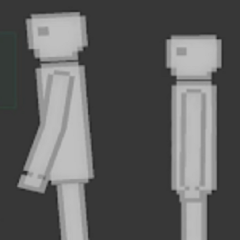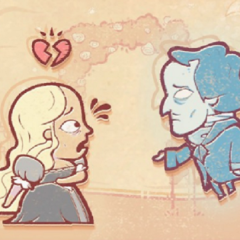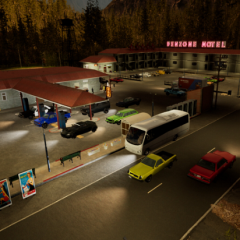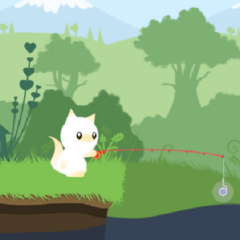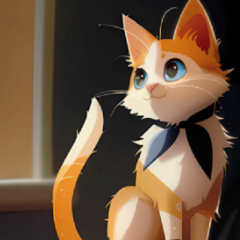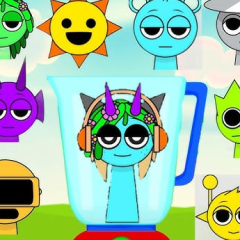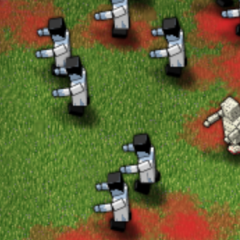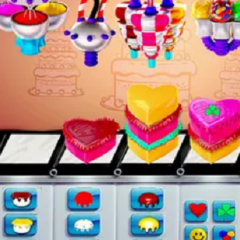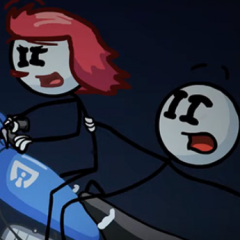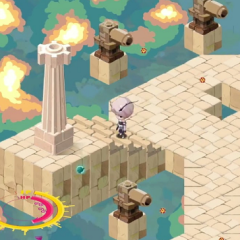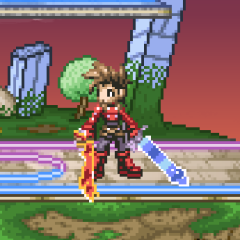Zelda.exe presents itself as a known title but quickly veers into unfamiliar ground. The introduction may resemble the original Zelda game, complete with pixel graphics and recognizable sounds. However, it becomes apparent that the behavior of the world is different. Movement feels slightly delayed, and objects don’t always react the way they should. This creates an underlying sense that something is out of place, but the exact nature of that difference isn’t revealed right away.
Unpredictable Interactions and Events
The game structure removes predictability. Actions that once had clear outcomes now lead to new and inconsistent results. Speaking with a character might close the game, or entering a building might send the player to a blank screen. These shifts challenge the player’s memory of how the game should operate and introduce a tone of uncertainty. Items found in the world may have no purpose, or worse, result in unintended consequences when used.
Key behaviors and features often reported include:
· Shifting dialogue that changes after each restart
· Sound effects slowing down or reversing
· NPCs vanishing from scenes mid-interaction
· New rooms that do not match the game’s original map
· Automatic changes to controls or input lag
A Game That Adjusts to the Player
Rather than presenting a fixed story, Zelda.exe reacts to how the player interacts with it. Playing it multiple times can result in new details or altered content, suggesting that the experience is not fully static. This uncertainty leads to speculation that the game observes choices and responds in subtle ways. Save files may change between sessions, or corrupted graphics might appear where none were seen before. These changes give the impression of a dynamic environment that shifts based on behavior.
A Digital Space With Memory
Zelda.exe is a retelling of a classic game and a reconstruction shaped by interruption and decay. It mimics memory loss and fragmented thoughts through its structure. Areas the player thought they had explored may become inaccessible or completely different, as if the game itself has forgotten them. Combined with an absence of clear goals, this design forces the player to continue with no real guidance—resulting in a play session that feels more like wandering through a lost system than completing a game.
An Unsettling Use of Nostalgia
The design of Zelda.exe relies on what players remember. It borrows graphics and sounds from the past and then modifies them, creating a gap between recognition and experience. Each encounter with the game feels incomplete, as if there is always a missing piece the player can’t quite reach. This recontextualization of a known world becomes the core of the game’s design, allowing a familiar setting to become something else entirely—one that remains uncertain from beginning to end.

